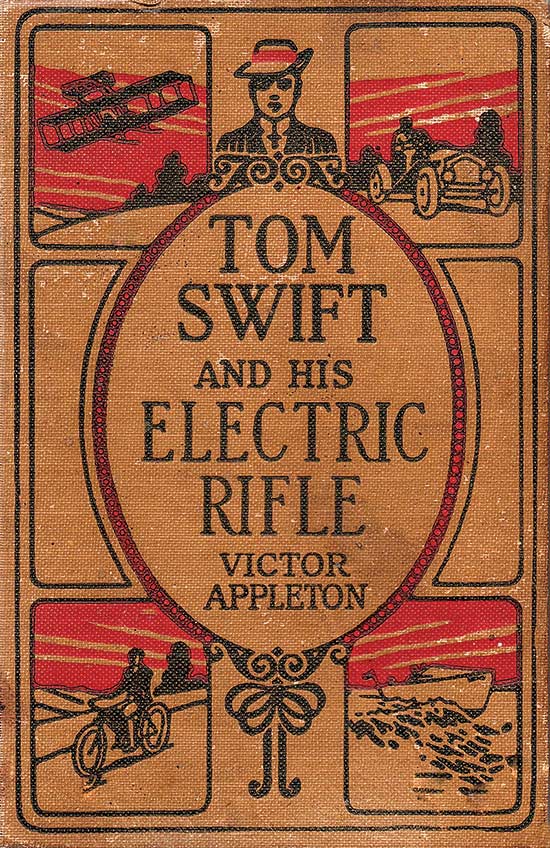Cop Talk: Toward Understanding
a Deadly Error
On April 11, 2021, Kim Potter of the Brooklyn Center, MN Police Department was on patrol with a new officer she was training. Field training officer (FTO) Potter had been on the job for 26 years, joining the force in 1995.
A Fatal Encounter
Her new officer pulled over a young man for an expired license tag and an air freshener improperly hanging in the driver’s field of view. It was a small thing, but the FTO needed to see how her new officer handled people, so she authorized the stop. During the stop, Dispatch advised there was a warrant out on the young driver for failure to appear on charges of illegally carrying a gun and that there was an order of protection in which he was named as having threatened a young woman. Cops can’t ignore warrants, so an arrest was begun.
Other officers arrived as backup. The driver in question, Daunte Wright, age 20, was being handcuffed by the new officer when he suddenly broke away and jumped back into the driver’s seat of his running SUV. The trainee tried to grab Wright through the driver’s door and a supervisor who had arrived at the scene dove through the passenger door and tried to grab the gearshift.
Potter announced, “I’m going to TASE him,” and shouted the standard warning: “TASER! TASER! TASER!” But her chest-worn body camera could see what she could not: Instead of her left hand drawing the TASER, her right hand had drawn her department issue GLOCK 17.
She pulled the trigger.
The single shot tore through Wright’s chest and struck his heart. He was able to drive 500 feet before crashing and dying behind the wheel. Behind him, Potter was heard to say, “Holy shit! I just shot him!” She was seen to collapse to the ground at the scene, sobbing and totally overcome. At her trial the following December, she melted in grief again. She was found guilty of manslaughter in both the first and second degrees and is in prison.
What Happened?
This was not the first time this deadly mistake occurred. The most notorious previous incident occurred on a train in Oakland, the death of Oscar Grant at the hands of Officer Johannes Mehserle, who also did hard time. This syndrome is rare, but it does happen.
In his article “The Psychology of Human Error” at HumanFactorsMD.com, Tim Reeves wrote, “Slips and lapses are errors in the performance of skill-based behaviors, typically when our attention is diverted. A common mechanism for a slip is ‘capture,’ in which a more frequently performed behavior takes over a similar, but less familiar one.”
Bill Lewinsky at Force Science Institute popularized the term “slip and capture” to describe the syndrome. The Institute quotes Lewinsky, “These are mistakes that are made when you think you are doing one thing, but you actually are doing another, and the result often is directly opposite of what you intended. In effect, your intended behavior ‘slips off’ the path you wanted it to go because it is ‘captured’ by a stronger response and sent in a different direction.”
Ironically, the TASER’s name was inspired by a deadly weapon and a fictional one. TASER is spelled correctly in all caps because it is an acronym for Tom Swift And His Electric Rifle, the title of a boys’ adventure book written in 1911. Some say it shouldn’t be shaped like a firearm to avoid confusion. Others say it should be carried cross draw for the same reason or reserved for the non-dominant hand. The latter didn’t help Potter, who carried her TASER on her weak side for a left-hand draw.
One Hypothesis
Potter had never triggered either her G17 or her TASER in the line of duty until that day. In her 26 years, she had trained much longer with her pistol than with her TASER, and most cops get far more reactive draw-and-fire reps with their handguns than with the TASER. Consider that testimony from experts and cops alike was that Wright had created a deadly force situation that warranted shooting him deliberately. In Drive, the vehicle could drag a cop or two to their death, and in Reverse, the open doors could sweep two or three of them under the vehicle. Her reaction to the shooting at the scene and on the witness stand indicated an Officer Friendly who may have had an instinctive aversion to the “hard side” of enforcement but had been trained to shoot in a deadly force situation … such as this one.
She may have done the right thing the wrong way because the “autopilot program” had been installed fully in her gun hand, but not in her “less-lethal” hand, and her subconscious knew it was time to shoot.








